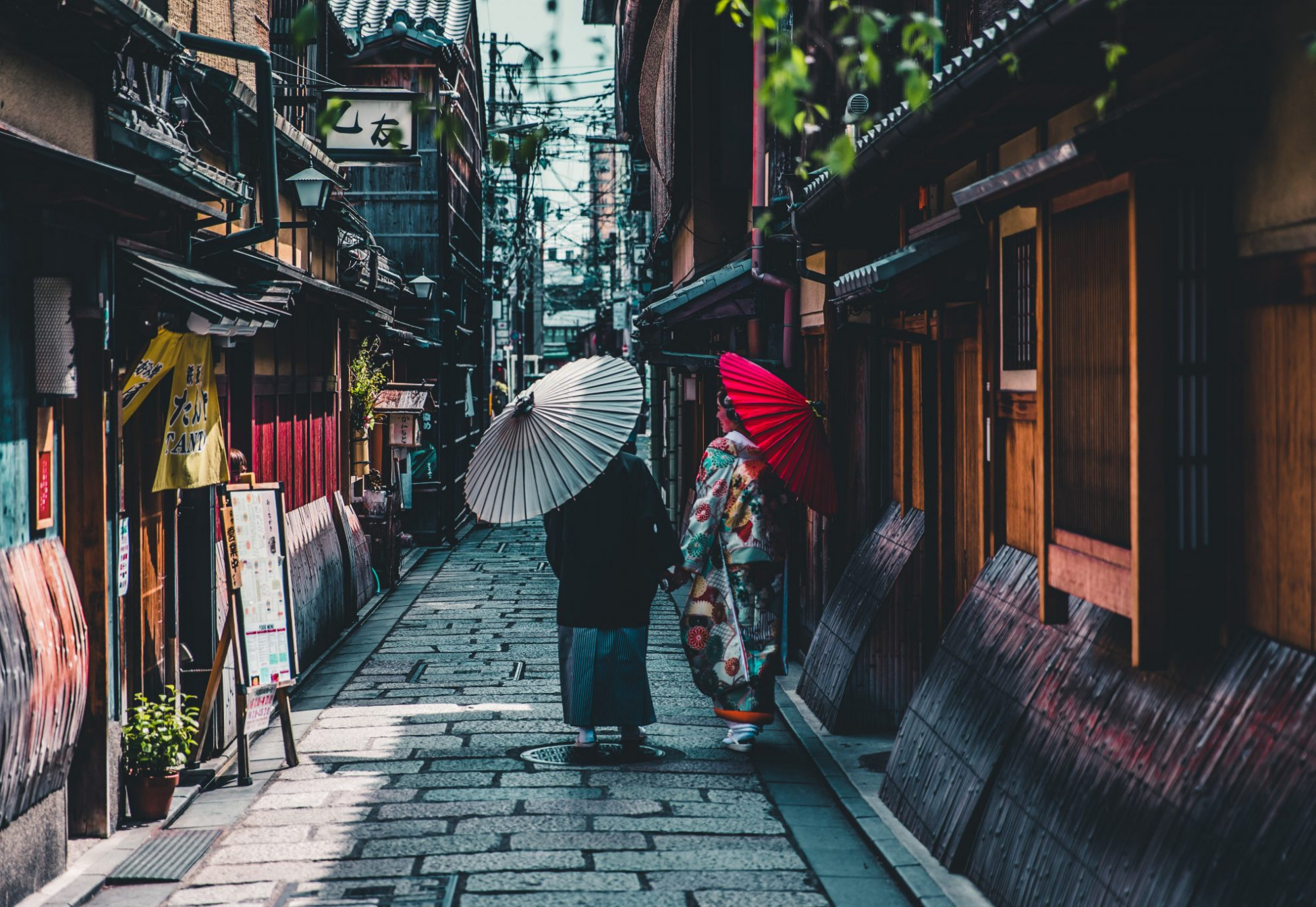
Group Description
Looking to travel to Japan and need accessibility information? Join our group discussion on accessible travel in Japan and discover the best tips and tricks.
The Japan group is a community of travelers who are passionate about exploring Japan and sharing their experiences with others. This group is dedicated to discussing all aspects of accessible travel in Japan, including accommodations, transportation, tourist attractions, and cultural experiences, as well as links to accessible travel companies and organizations.
Whether you have been here a million times or planning your first visit, the Japan group is a welcoming community that offers support and encouragement for travelers of all abilities. By sharing their experiences and knowledge, members of the group are helping to make travel in Japan more accessible and enjoyable for everyone.
Reply To: Artificial leg and Japanese shoe removal custom
Hi Katew, this is Terin from Kyo Tours Japan in Kyoto. I have great news for you… everywhere you listed is doable with shoes on!
The only spot that has a shoes-off area on that list is Tenryuji in Arashiyama, Kyoto. However, this area is optional, so you can choose to buy a ticket for only the garden section. You keep your shoes on in this outdoor area, and there’s nothing you can’t see from inside that you can’t see from the garden area anyway!
I think there miiiiiight be a small no-shoes area at the front of Heian Jingu Shrine main hall, but I don’t go there very often and I’m not sure. You can still see the buildings from the courtyard and the garden is all shoes-on. (there’s not much to see inside the hall anyway)
All of those locations are doable (with some minor limitations) without stairs as well, except Kagusa Taisha in Nara. There are some stairs there that a google search in Japanese is telling me are unavoidable. The long walk leading up the to shrine has a number of very low, shallow steps, but a manual wheelchair could be pulled up these (it would be a little bumpy though). The other set of about 6 or 7 normal steps leading up to the shrine wold not be doable by a wheelchair I think. There doesn’t seem to be away around this. Yet some websites are still listing this as accessible… That’s the Japanese understanding of accessibility for you…
Putting bags over shoes is common practice in your situation. I regularly see the staff at Sanjusangendo temple in Kyoto help guests with bags over casts, braces, and sometimes people who simply don’t want to remove their shoes out of stubbornness (which I do think is a little rude considering local customs). They also put bags or cute little socks over the tips of canes. This temple also will let guests use wheelchairs, but they have to switch to the temple’s wheelchair. I guess if they can’t get out of their chair, they would probably just wipe the wheels. If the guest has a legitimate medical reason for not being able to remove their shoe or prosthetic, I don’t think ANY temple would deny them entrance unless there really was no possible way to cover the shoe.
However, if there are tatami mats or other special flooring, I can see them not allowing even a covered shoe on the mats. That is simply for preservation of the flooring. I would suggest to your guests to avoid stepping on the tatami even if their shoes are covered out of respect.
If possible, get some reusable shoe covers for your guests to have on hand. I think the temple staff would be more willing to allow it if they see the covers coming out of a Japanese package so they know what it is. If it’s just a plastic bag from the supermarket… they might be a little hesitant but they would probably allow it.
I highly suggest having your guests carry a paper with something in Japanese explaining their disability and explaining why they can’t remove their shoes. Having to explain yourself like that may seem unnecessary and even humiliating in the west, but in Japan there are still many people who don’t have a deep understanding of accessibility. Your guests will come up against some frustrating moments, but it’s imperative that they keep their cool and just remember that things are different here. The Japanese people are incredibly kind and accommodating, but sometimes it takes a bit longer to take care of things here or they go about it in a way that we’re not used to. Sometimes we may want to say “No no, just do it THIS way,” but their way is just them wanting to make sure that they are doing all they can to make you comfortable. A little patience and understanding go a long way here, and jumping to conclusions will only aggravate the situation. (I think this is great advice for ANY traveler here actually, regardless of ability)
If you have any more questions about travel in the Kyoto area, please post a reply or contact me directly via the KyoTours Japan website. Thanks!